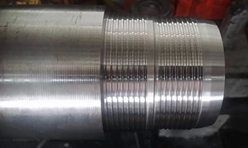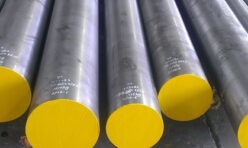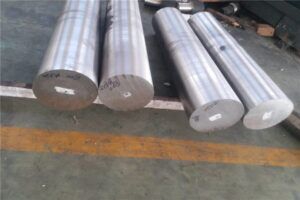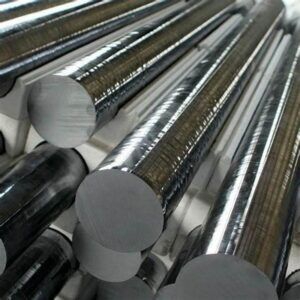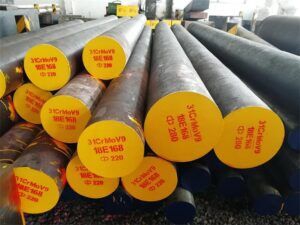SAE 4137H SCM4H 708M40 Quenched and Tempered Steel
SAE 4137H SCM4H 708M40 Quenched and Tempered Steel
1. SAE 4137H Introduction:
SAE 4137H is an H-Steel grade Alloy Steel. It is commonly called SAE 4137H Chromium-molybdenum steel.SAE 4137H offers good ductility and shock resisting properties combined with resistance to wear. With these characteristics it is a popular high tensile engineering steel with a tensile of 850-1000Mpa. At low temperatures it has reasonably good impact properties. It is also suitable for a variety of elevated temperature applications. For maximum wear and abrasion resistance the steel can be nitrided to give a shallow depth wear resistant case. Flame or induction hardening of 708M40T can give a case hardness of 50HRc or higher.
Back to Top
2. SAE 4137H Applications:
SAE 4137H is now widely used in areas such as the motor, oil and gas industries. Suitable for components such as shafts, gears, spindles, bolts, studs and a wide variety of applications where a good quality high tensile steel grade is required.
Back to Top
3.All Grades Comparison
Back to Top
4. SAE 4137H Chemical Composition(%)
| C | Mn | Si | P | S | Cr | Mo |
|---|---|---|---|---|---|---|
| 0.34-0.41 | 0.60-1.00 | 0.15-0.35 | 0.035 max | 0.040 max | 0.75-1.20 | 0.15-0.25 |
Back to Top
5.Mechanical Properties(T=20°C if not differently stated)
| Tensile Strength (Mpa) | Yield Strength(Mpa) | Fracture elongation A5 (%) | Notch impact energy ISO-V [J] | Hardness (HB) |
|---|---|---|---|---|
| 850-1000 | 650 min | 13 min | 35 min | 248-302 |
Back to Top
6.HEAT TREATMENT
Forging:Preheat SAE 4137H carefully, then raise temperature to 850-1200°C for forging. Do not forge below 850°C. After forging SAE 4137H, cool slowly in still air.
Annealing:Heat SAE 4137H slowly to 680-700°C. Cool in air.
Hardening:SAE 4137H is commonly supplied ready heat treated. If further heat treatment is required annealed SAE 4137H should be heated slowly to 860-890°C and after adequate soaking at this temperature quench in oil. Temper as soon as tools reach room temperature.
Tempering: Heat the component carefully to a suitable temperature selected by reference to a tempering chart or table, soak at the temperature for two hours per 25mm of ruling section, then allow to cool in air. Tempering between 250-375°C is not advised as tempering within this range will seriously reduce the impact value.
Back to Top

